Telephony
Telephony Services
Below is a comprehensive guide to the telephony services provided by QMUL:
| Personal softphone | Handset | Dialling access |
Conferencing | Group features | Old handsets |
|---|
Personal softphone
A personal softphone is a software application that enables users to make phone calls over the internet (VoIP) using a computer, tablet, or smartphone, rather than relying on a physical telephone. It essentially replaces traditional desk phone with a virtual phone interface.
What is it used for
Its used for making calls externally as well as internally. You can also use it for basic conference calling.
How to use it
Ringcentral is the personal softphone brand QM uses and it integrates with MS Teams Software. It is available for PC and Apple Macs as well as Mobile phone devices(Android and iOS). A dial pad is used to make calls. It's designed to provide telephony services on and off campus.
Further details of its functionality and use can be found here.
Available options
The personal softphone by default comes with mobile, national and international dialling rights.
If there is a need for additional dialling rights i.e. premium rate, justification needs to be provided as well as authorisation from the departmental budget holder.
How to request a personal softphone
To request a personal softphone the following information is required:
- A Service Desk ticket containing:
- Budget holder approval for the acquisition of a softphone.
- A copy paste of their confirmation from an email will suffice.
- Confirmation that the individual is not a QM mobile phone holder.
- Voicemail requirement (Yes/No).
- Budget holder approval for the acquisition of a softphone.
Note: usage will be monitored and reviewed regularly. Any low usage maybe be challenged.
A Service Desk ticket with the above information can be raised with the IT service desk - https://helpdesk.qmul.ac.uk/.
-------------------------------------------------------------------------------------------------------------------
Handset
A handset, also known as a Common Area Phone is a physical handset, which connects to a network socket in the wall in order to work. It is allocated to a location rather than a person.
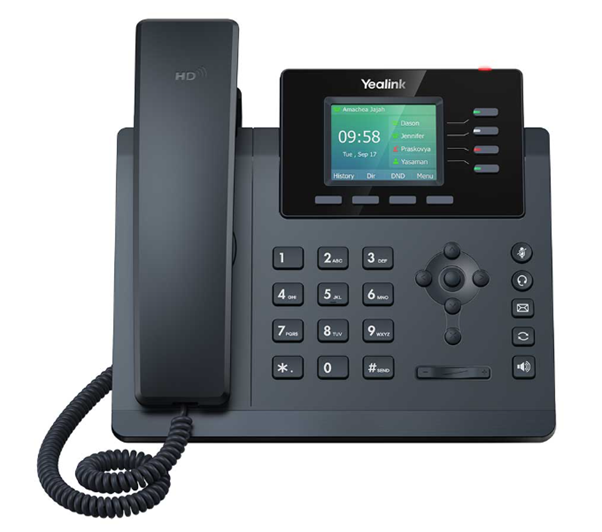
What is it used for
Handsets are located in shared spaces like lift lobbies or teaching spaces and are designed for use by multiple individuals rather than being assigned to a specific user.
Their application will fall in the following locations:
- Lift lobbies
- Stairwell areas
- Teaching spaces
- Shared spaces such as lab, workshop or reception area.
How to use it
The university's chosen handset is the Yealink IP based handset. Details of how to use it can be found here.
Available options
Dialling rights by default are set to internal calling only.
If there is a need for additional dialling rights i.e. national, international or Premium rate, a justification needs to be provided along with assurances regarding the security of the telephone from misuse.
How to request a Handset
To request a handset the following information is required:
- Approval from budget holder for handset use.
- A copy paste of their confirmation from an email will suffice.
- Location of where the phone is required, including room number, floor, building and department.
- Voicemail requirement (Yes/No).
- Information about a spare nearby data port for connection. If there isn't any available there will be a need to install extra data cabling. Expenses to be funded by School or Department.
A Service Desk ticket with the above information can be raised with the IT service desk - https://helpdesk.qmul.ac.uk/.
Guidance on how to use the Yealink handset can be found here.
-------------------------------------------------------------------------------------------------------------------
Dialling access
By default the dialling access rights on a personal is: mobile, national & international calling.
The default dialling access rights on a handset is internal calling only.
If you require greater rights to dial for example premium rate numbers a Service Desk ticket with the required access can be raised with the IT service desk - https://helpdesk.qmul.ac.uk/.
-------------------------------------------------------------------------------------------------------------------
Conferencing
Conferencing allows multiple participants to join the same call. A conference is setup by either a direct dial-in conference number or manually adding individuals to a call.
What is it used for
Conferencing is audio based, primarily used for real-time remote meeting and collaboration between two or more participants in different physical locations.
How to use it
A conference call can be initiated from a physical handset or from the Ringcentral embedded within MS Teams. Conferencing can also be initiated from MS Teams itself however this will require a separate licence.
Available Options
The three conferencing options available are:
| Conference calling options | Features |
| Ringcentral in MS Teams | Used to setup a small to large conference call using personal softphone via the computer. You can add users whilst active in a call or provide a dialling-in number for participants to join. Further details can be found here. |
| Physical handset | Used to setup a conference call for up to 5 participants using a QM handset. Further details can be found here. |
| Microsoft Teams Audio (requires purchase of additional licence) | Useful for joining or dialling into Microsoft Teams meeting using a phone number instead of a computer. Requires the purchase of a Microsoft Audio Conferencing licence. A Service Desk ticket with budget code information can be raised with the IT service desk - https://helpdesk.qmul.ac.uk/. |
-------------------------------------------------------------------------------------------------------------------
Group features
It is possible to link several telephone extensions into a group. There are two group features that we can provide on our Ringcentral infrastructure. A group can contain a mix of on-campus handsets and Ringcentral softphones.
What is it used for
A pickup group will usually be configured for a group or team sharing an office. When extensions are linked together in a pickup group, any member of the group can ‘pick up’ a ringing phone in that group by pressing the pickup key indicated on the screen of the Yealink handset or by using the HUD tab on your RingCentral Teams application.
Further details can be found here.
-------------------------------------------------------------------------------------------------------------------
Old Handsets
If you come across a handset that is not branded as 'Yealink' please raise a ticket with ITS for the attention of Campus Customer Support so it can be collected as its likely to be a discontinued model. Remember to include the following details:
- Location of handset(e.g. room number, floor and building)
- A photo of the handset, if possible.
- Whether the handset is disconnected or not.
Discontinued handset's are easily identifiable, as they will not be branded Yealink; below are some typical examples:
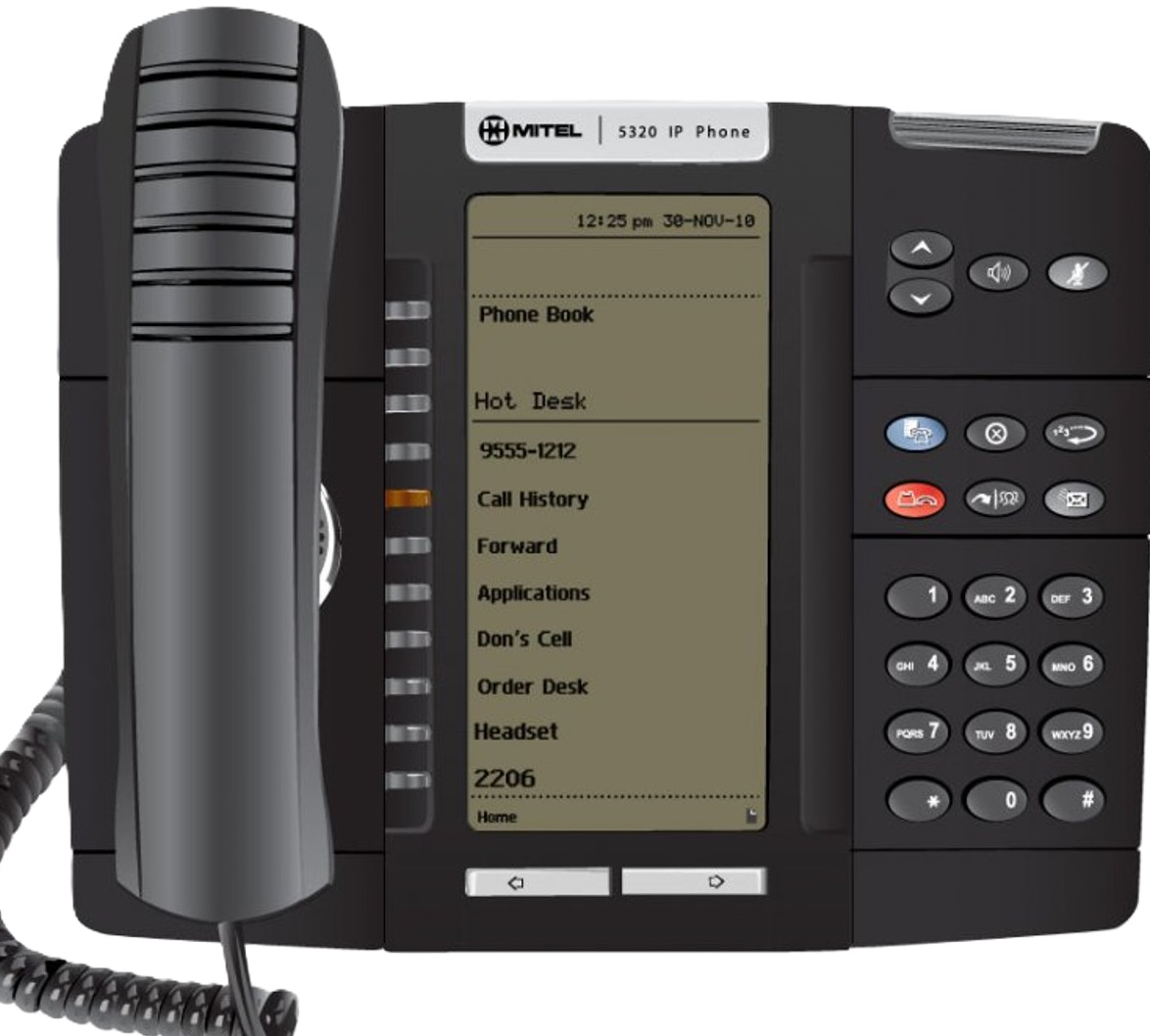
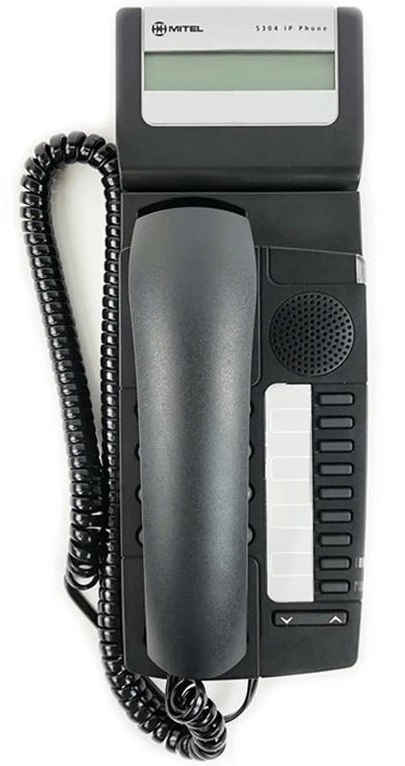
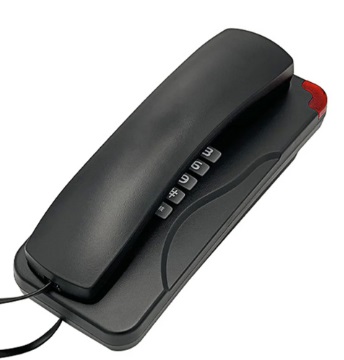
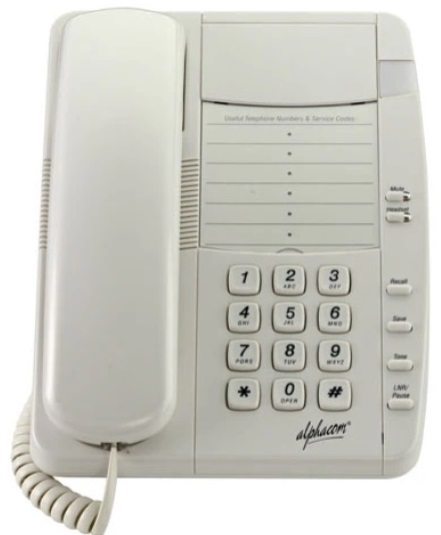
If you require any further guidance or have any questions please get in touch with the IT service desk - https://helpdesk.qmul.ac.uk/.